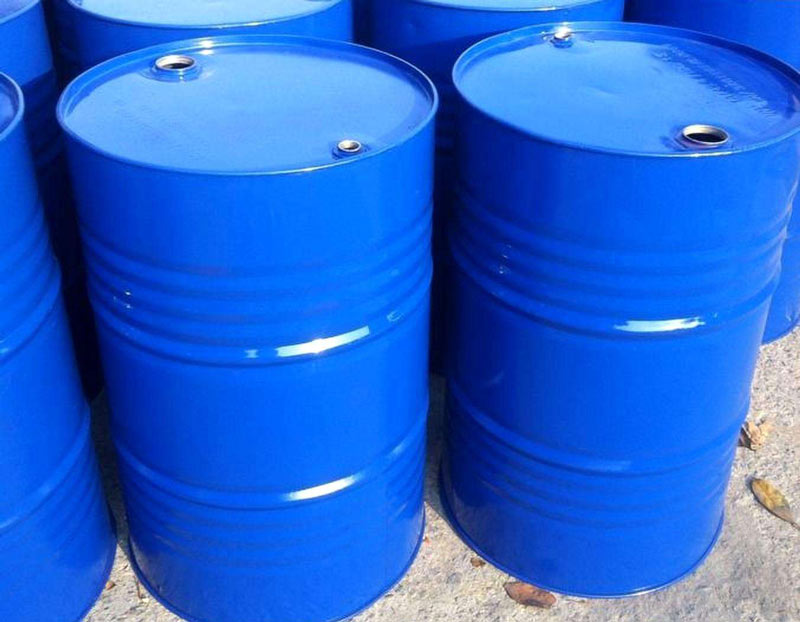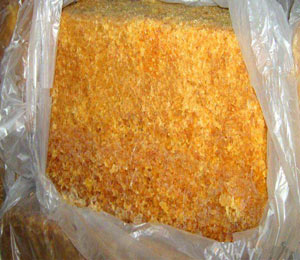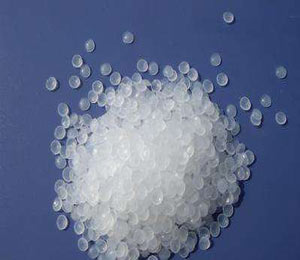- 0086-512-58361938
- michael@victory-chem.com
Flame retardant is one of the fastest growing varieties of various types of material additives. The purpose of the flame retardant is to make the non-fire-retardant material have flame-retardant properties, and it is not easy to burn or self-extinguish under certain conditions. With the continuous progress of flame retardant technology, there are more and more types of flame retardants, and their performance has also been greatly improved. Today, the flame retardant properties of flame retardants mainly include two types: one is to delay the fire incident and to suppress the spread of fire and to suppress the combustion reaction through various action principles, and the other is to allow the surface of the material to rapidly expand and carbonize. Form a protective layer. With the continuous improvement of people’s awareness of environmental protection and safety, but also with the continuous development and progress of new technologies, flame retardants will have greater development in the future.

(1) Carbon Technology
When the polymer is combusted, the formation of carbon in the condensed phase can achieve the purpose of flame-retardant. When the thickness of carbon on the surface of the material reaches 1 mm, it can withstand a high temperature of 743°C without catching fire. In the coatings, pentaerythritol, polyphosphoric acid, and triamethylene amine can be used as good carbonizers, carbonization catalysts, and foaming agents, respectively. If the three are added to the paint in a certain proportion, the flame retardant paint with excellent performance can be made.
In addition, the use of easily carbonized polymers blended with non-carbonizable polymers also has good flame-retardant effects. For example, blending carbon-susceptible polyphenylene ether with high-impact polystyrene can result in carbon sequestration. And greatly improve the flame retardant; such as adding a small amount of halogen-containing halogen-free flame retardant gas fire extinguishing agent. It has a very high flame-retardant properties. This carbon technology will be widely used.
(2) Smoke Elimination Technology
Since the addition of phosphate flame retardants to polymers can increase the amount of fuming, smoke elimination becomes an important research topic. Smoke suppressants are additives that can effectively reduce the amount of smoke and smoke, and the use of smoke eliminators. The focus is on PVC. Smoke-reducing agents that contain key compounds are the most effective smoke suppressants. In addition to molybdenum trioxide and octaallic acid, the newly developed foreign smoke suppressant zinc monoxide is a smoke suppressant with low poisoning rate and excellent flame retardancy. Due to the high cost of aluminide, zinc borate, aluminum hydroxide, zinc, silicon, phosphorus and other compounds are often added after being compounded with a small amount of aluminide. This is a more realistic way to solve the current smoke elimination problem.


(3) Microencapsulation technology
Microencapsulation can prevent the migration of phosphate flame retardants, improve flame-retardantVictory Chemical is a Manufacturer and Suppliers effects, improve stability, change dosage forms, and the like.
The research of microencapsulation technology has become the frontier of flame-retardant technology research. In recent years, microencapsulated products such as DuPont’s Freon fluorocarbon polymers have been microencapsulated in foreign countries and used in PVC, PP, and PVR (polyurethane) is very effective.

(4) Micronization
phosphate flame retardants such as aluminum hydroxide, magnesium hydroxide, and yttrium oxide require the use of new technologies and new devices to micronize them to improve their fluidity, processability, and fire-retardant effects. The aluminum hydroxide has an average particle size requirement of 15 m. For niobium oxide, a finer particle size is required. With a particle size of 0. 015 ^ ‘0. 025m Sb2O3 colloid treated with a non-halogen flame retardant fiber, the effect of the emblem was increased by 8 times, and other properties were also improved.